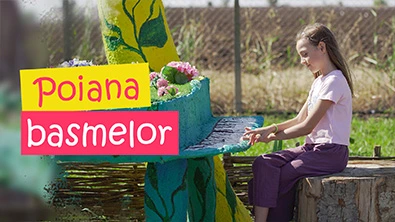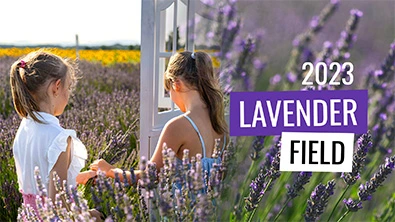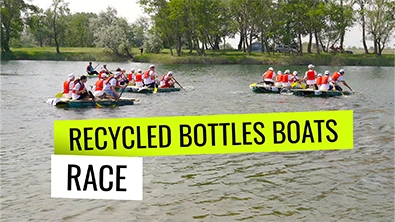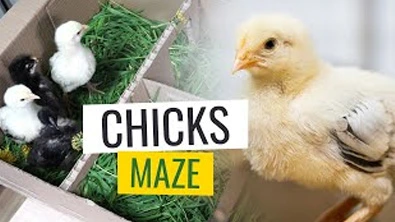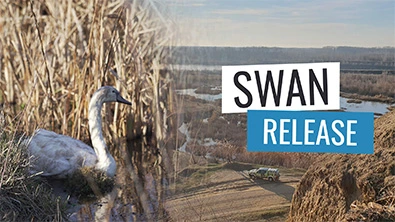Swan Release after being cared for in the rehabilitation center
Last winter, we went with my friends from ACDB and released a swan. After being cared for in the rehabilitation center she was able to enjoy her return to nature with other swans, in an area where natural sources of food are abundant even in the cold.
On this occasion we learned how important it is to know how to distinguish a wild bird that needs help from one that doesn’t need our help. Not knowing some minimal information about how wild birds behave in certain situations can lead to unpleasant incidents.
We take this opportunity to tell you that it is normal for swans to be seen often in agricultural fields during the winter months. This is more common in areas where natural food sources from their waterways are scarcer. During the day, swans graze on grass fields or agricultural land. At nightfall they retreat to the shelter of a stretch of water and return the next morning, leaving the impression that they have not been gone.
Even though the posture of a swan with one of its legs folded back is not a guarantee that it needs our help. The bent back leg may not be broken. Swans can also be seen standing on one leg when emerging from the water and resting the other above or behind the body. The large surface area of the foot is used to control body temperature, absorbing heat from the sun when needed.
In the situation where you see a swan in a field, our advice is to first make sure that it is really in danger and that it needs help, and then intervene.













